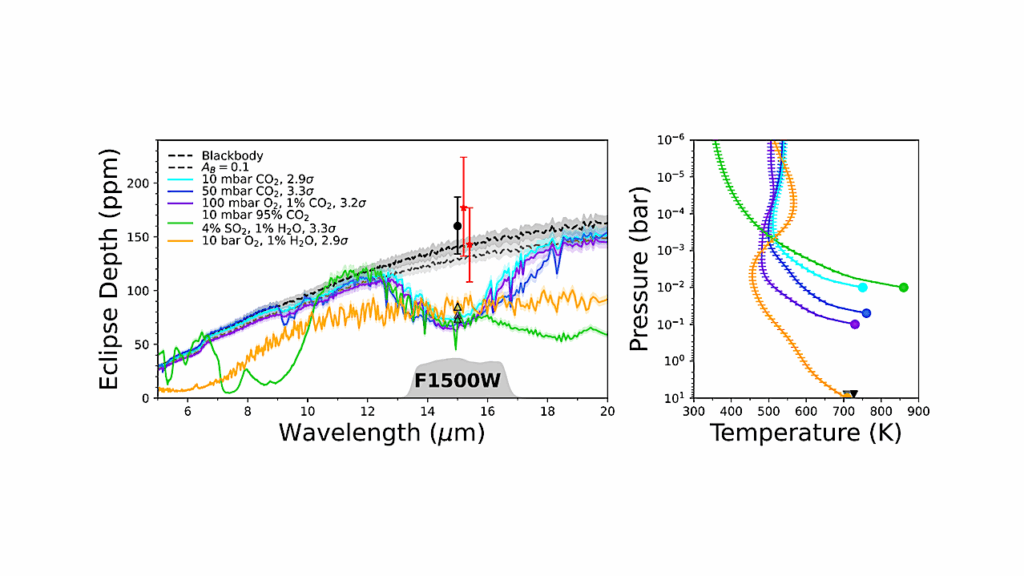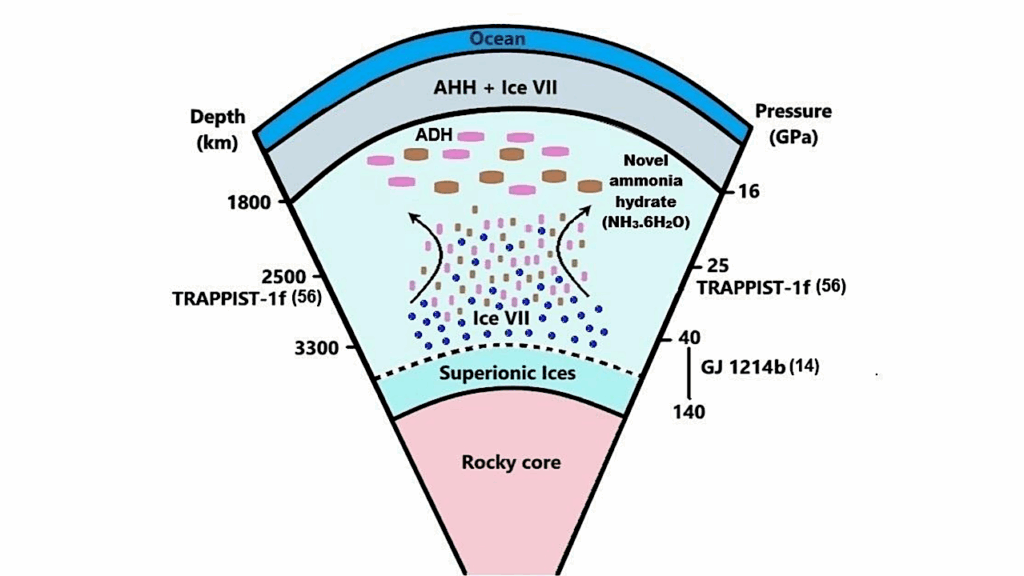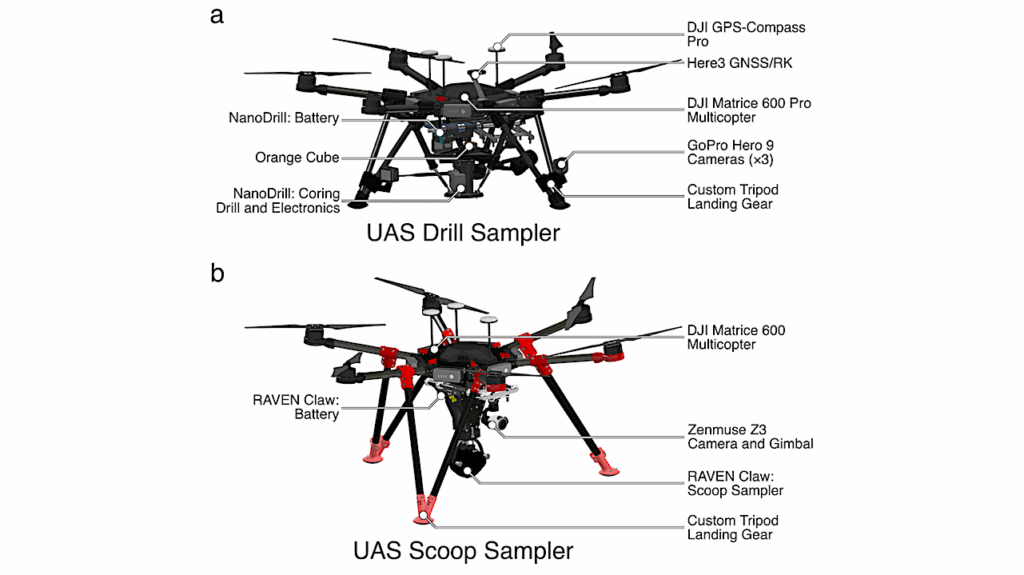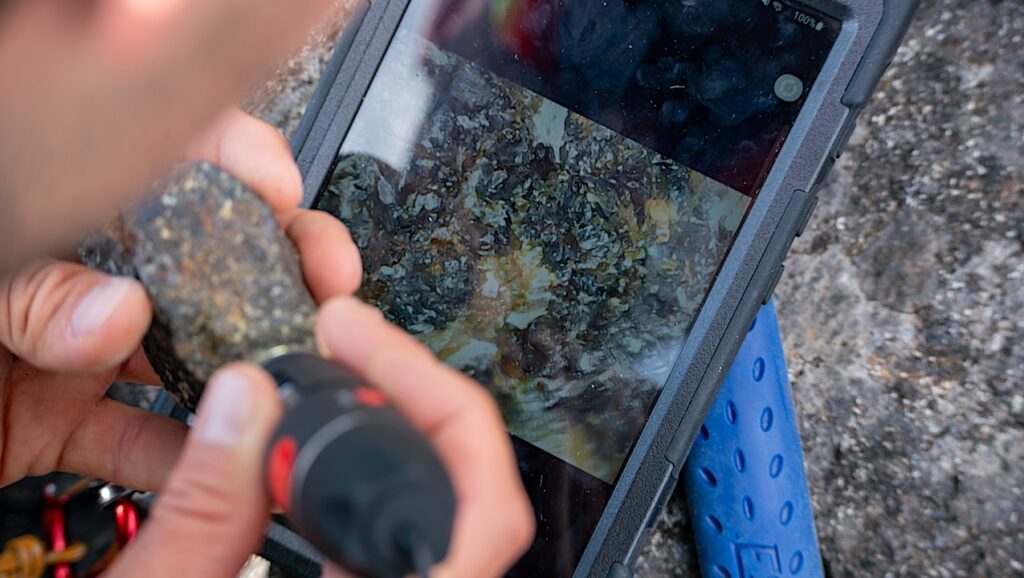Geoastronomy: Rocky Planets As The Lavosier-Lomonosov Bridge From The Non-living To The Living World

Life on Earth emerged at the interface of the geosphere, hydrosphere and atmosphere. This setting serves as our basis for how biological systems originate on rocky planets.
Often overlooked, however, is the fact that the chemical nature of a rocky planet is ultimately a product of galactic chemical evolution. Elemental abundances of the major rock-forming elements can be different for different stars and planets formed at different times in galactic history. These differences mean that we cannot expect small rocky exoplanets to be just like Earth.
Furthermore, age of the system dictates starting nuclide inventory from galactic chemical evolution, and past, present and future mantle and crust thermal regimes. The bulk silicate mantle composition of a rocky planet modulates the kind of atmosphere and hydrosphere it possesses.
Hence, the ingredients of a rocky planet are as important for its potential to host life as proximity to the so-called habitable zone around a star where liquid water is stable at the surface. To make sense of these variables, a new trans-disciplinary approach is warranted that fuses the disciplines of Geology and Astronomy into what is here termed, Geoastronomy.
Stephen J. Mojzsis
Comments: to appear in the Royal Society of Chemistry (e-Book), Prebiotic Chemistry and the Origin of Life (2022) (13370 words) (254 references) (21 Figures) (1 Table)
Subjects: Earth and Planetary Astrophysics (astro-ph.EP); Astrophysics of Galaxies (astro-ph.GA); Solar and Stellar Astrophysics (astro-ph.SR)
Cite as: arXiv:2112.04309 [astro-ph.EP] (or arXiv:2112.04309v1 [astro-ph.EP] for this version)
Submission history
From: Stephen Mojzsis
[v1] Wed, 8 Dec 2021 14:38:12 UTC (3,649 KB)
https://arxiv.org/abs/2112.04309
Astrobiology,








